”Park the bloody thing outside my front door. Do you understand?”
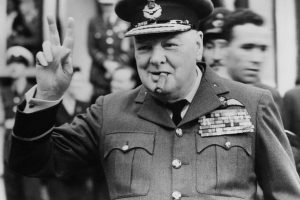
The heroic WWII mission to capture a deadly Tiger Tank from the Germans was revealed for the first time in 2012.
“Major!” barked Winston Churchill to young military engineer. “I want you to go and catch me a Tiger”. I want you to bring me a Tiger tank. Park the bloody thing outside my front door. Do you understand?”
“Perfectly sir,” replied Major Douglas Lidderdale.
That was the start of one of the most dangerous and heroic missions of the Second World War. The mission to capture a Tiger was shrouded in such secrecy that it was only after Douglas’s death in 1999 that his son David learned the truth about his father’s mission.
The deadly German Tigers had started rolling off the production line in August of 1942 and were wiping out Allied soldiers, decimating their morale. Allied tank crew`s terror of Tigers was so widespread it got its own nickname-Tigerphobia. But if the Tiger could be captured, then the Allies could learn how to destroy them in battle.
So on January 22, 1943, Douglas kissed his wife Kathleen goodbye, and left for Tunisia. He took a hand-picked team: tank driver Corporal Bill Rider, Sergeant Sam Shaw and Lieutenant Reg Whatley. They arrived in Tunisia in the first week of February 1943 to a 20-mile wide front from El Aroussa in the south to Beja in the north.
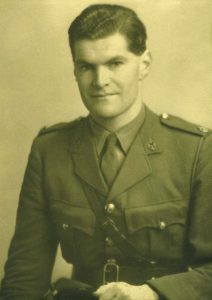
But two months passed and Douglas became frustrated, as he had only near misses. One Tiger was blown up by the Royal Engineers. Another was towed to safety by the German army. A third was destroyed by its crew to stop it being captured.
Then on April 21, Doug’s chance finally came. He woke early, his tent rocked by the sound of heavy gunfire. With 250,000 enemy troops bottled up in north-east Tunisia, the Allies had been just a day away from forcing the enemy to surrender or sweep them into the sea. But the Germans had learned of their plans and launched a surprise attack.
Douglas knew it was his big chance. He said to Reg: “You can bet your life that among them are Tigers on the prowl. This could be our lucky day, the chance to nab one at last.” They climbed into their Churchill tank and went Tiger-hunting, heading to the battlefield.
Almost straight away Douglas saw his opportunity. Less than half a mile away he spotted the turret of a Mark VI Tiger – Tiger 131. The hatch was open and a soldier was examining the gun. The turret was jammed. “We’ll cut around the edge of the ridge and then down the slope,” Douglas explained. “At top speed, we can be right up his backside in just a few minutes.”
He peppered the German with bullets, then shouted to Bill to get alongside the Tiger and climbed on to the roof. As he tried to keep his balance, one of the Germans emerged with an MP 40 machine gun. Douglas was staring in the death`s face but then Sam shot the German.
When this mini-battle was over, Douglas turned to his men, ordered them to unscrew their water canteens and said: “Gentlemen I propose a toast. To the capture of the Tiger – Herr Hitler’s favourite toy.”
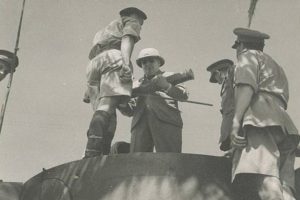 A few weeks later, Churchill came to Tunisia to see the tank for himself and said: “One day Mr Lidderdale, the nation will know all about the courage of you and your men. But you must not talk about this mission until I give you the word.” King George VI was the next VIP to visit the Tiger, after making the longest air journey of a monarch.
A few weeks later, Churchill came to Tunisia to see the tank for himself and said: “One day Mr Lidderdale, the nation will know all about the courage of you and your men. But you must not talk about this mission until I give you the word.” King George VI was the next VIP to visit the Tiger, after making the longest air journey of a monarch.
The next task for Major Lidderdale and his men was transporting the Tiger back to Britain. But, the Germans knew a British officer had a Tiger tank. Pursued by them, he only reached Algeria in August. Finally, on the morning of September 20, 1943, he headed for Britain with the tank on foredeck of the Ocean Strength. The ship was pursued by U-Boats and strafed by Luftwaffe planes but in October 1943 she arrived at Glasgow.
Upon his arrival Douglas headed to Whitehall, where Churchill greeted him: “Mr. Schicklgruber (Hitler) and his Huns will be crying themselves to sleep tonight. Thank you, Colonel.”
“Thank you sir but if I may say so, with respect, I’m only a major,” Douglas said.
“With respect, I think you can call yourself Colonel after this,” replied the Prime Minister.
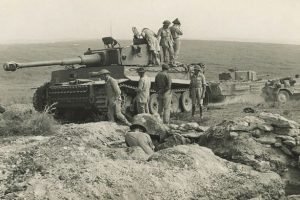
In November 1943 the tank was paraded on Horse Guards Parade. And Tiger 131 now has its place at Bovington Tank Museum in Dorset.
Story and Images: https://www.mirror.co.uk/news/uk-news/heroic-wwii-mission-capture-deadly-820143
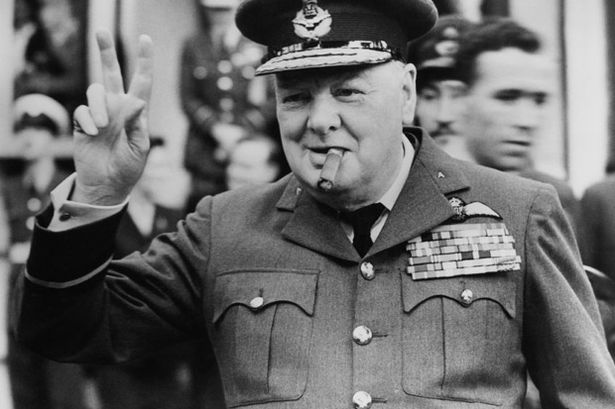
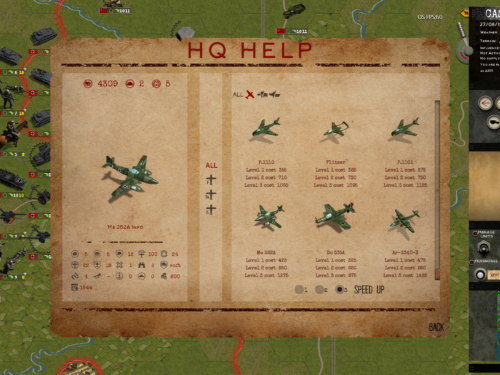
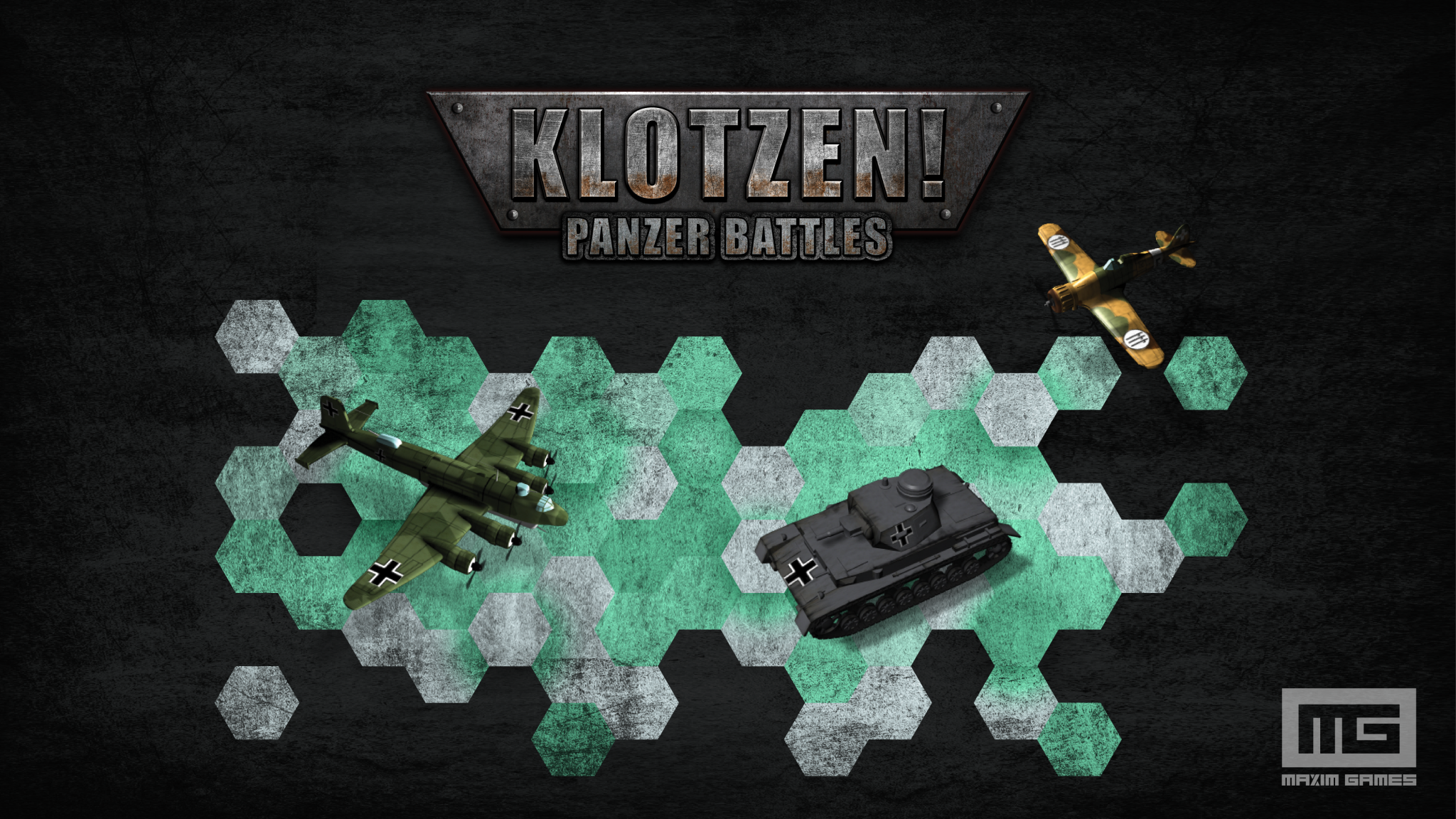
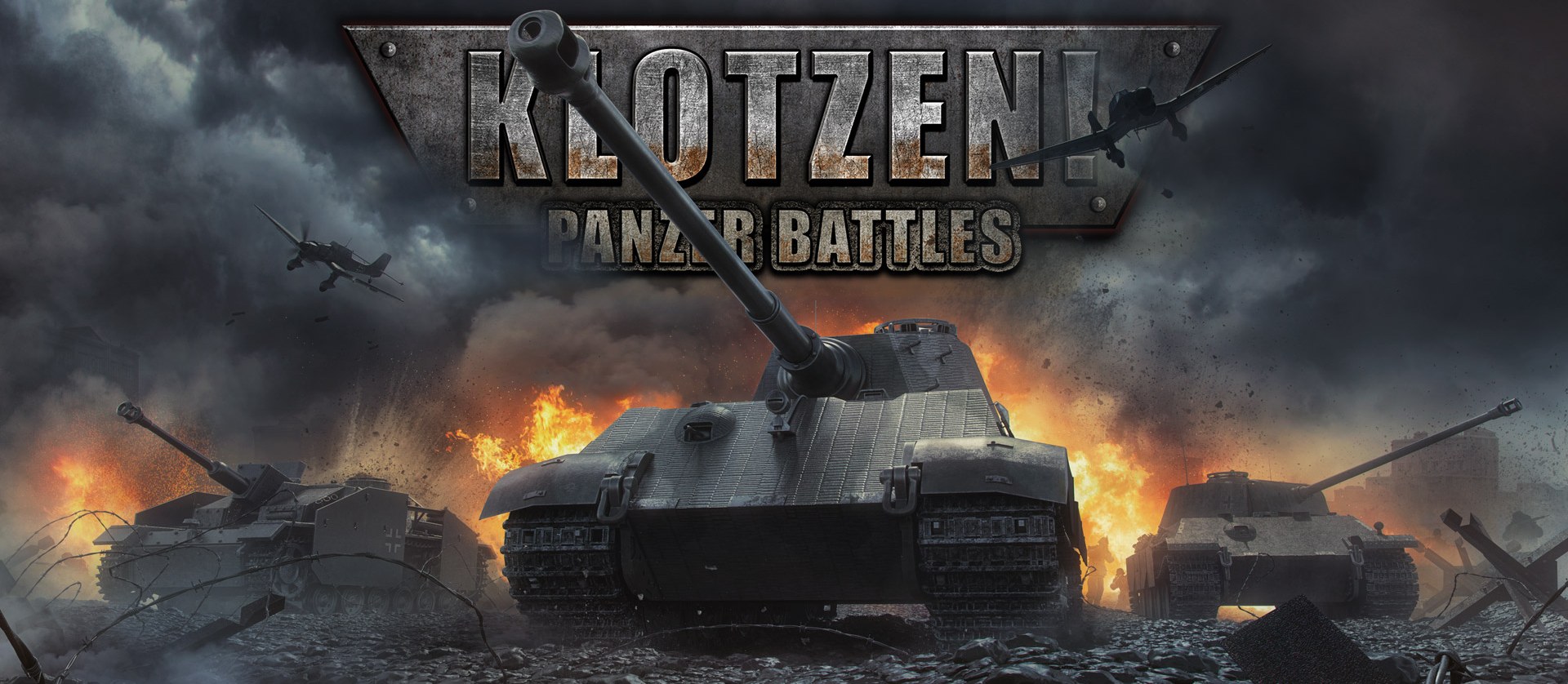
Recent Comments